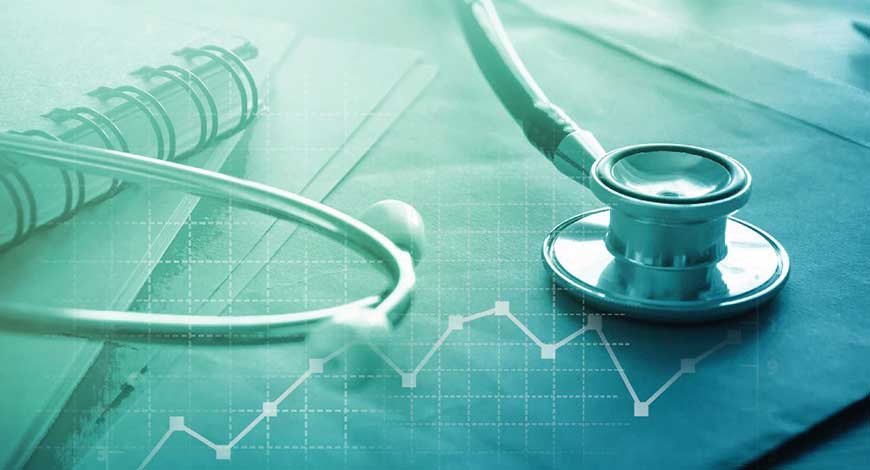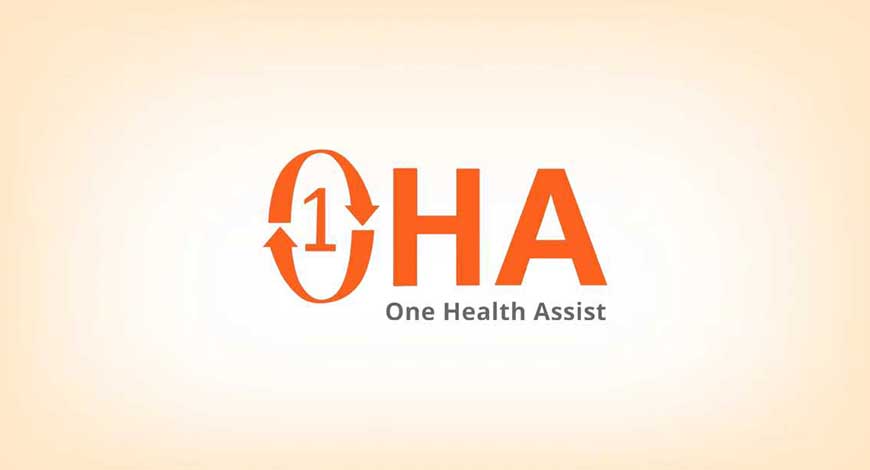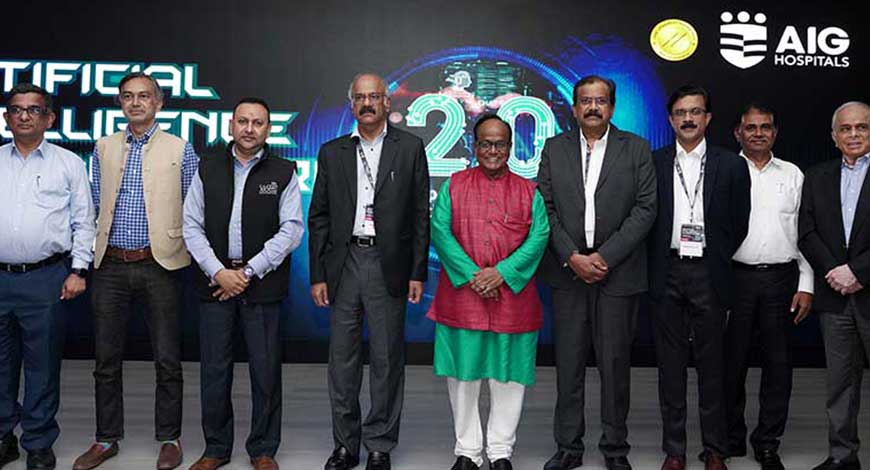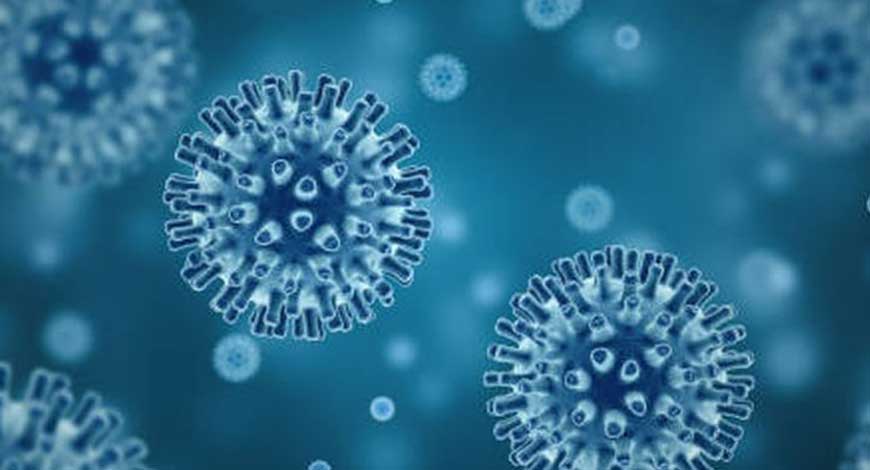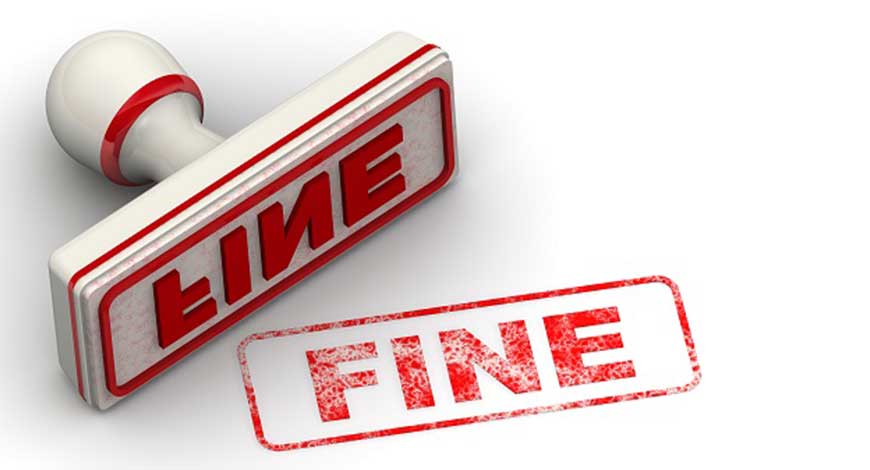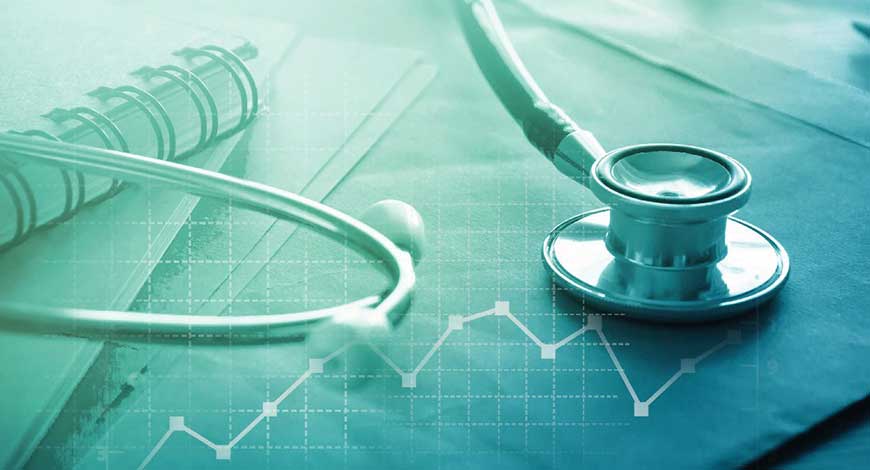CMS Analysts have published a new analysis of healthcare costs, finding that healthcare inflation rose significantly in 2023, to 7.5 percent. Significantly, hospital cost inflation leaped from 3.2 percent in 2022 to 10.4 percent in 2023.
Analysts from the National Health Expenditure Accounts Team at the Centers for Medicare & Medicaid Services (CMS) late in December reported that overall U.S. healthcare inflation rose to 7.5 percent in 2023, rising considerably above the rate of 4.6 percent present in 2023, and that total U.S. healthcare spending reached $4.9 trillion. The team’s findings were reported in the January issue of Health Affairs, in an article entitled “National Health Expenditures In 2023: Faster Growth As Insurance Coverage And Utilization Increase.”
The analysts—Anne B. Martin, Micah Hartman, Benjamin Washington, and Aaron Catlin, write that “Health care spending in the US reached $4.9 trillion and increased 7.5 percent in 2023, growing from a rate of 4.6 percent in 2022. In 2023, the insured share of the population reached 92.5 percent, as enrollment in private health insurance increased at a strong rate for the second year in a row, and both private health insurance and Medicare spending grew faster than in 2022. For Medicaid, spending and enrollment growth slowed as the Covid-19 public health emergency ended. The health sector’s share of the economy in 2023 was 17.6 percent, which was similar to its share of 17.4 percent in 2022 but lower than in 2020 and 2021, during the height of the Covid-19 pandemic. State and local governments accounted for a higher share of spending in 2023 than in 2022, while the federal government share was lower as Covid-19-related funding declined and federal Medicaid spending growth slowed.”
What’s more, the analysts write, “Overall economic growth, as measured by gross domestic product (GDP), increased 6.6 percent in 2023 after a period of volatility that included a 0.9 percent decline in 2020 followed by increases of 10.9 percent in 2021 and 9.8 percent in 2022 (exhibit 1). Despite the volatility in health care spending and GDP growth over the past few years, on average, their growth rates were similar during 2020–23, at 6.6 percent per year and 6.5 percent per year, respectively. Accordingly, health care spending as a share of GDP constituted 17.6 percent in 2023, similar to the 2019 share of 17.5 percent before the Covid-19 pandemic.”
What’s pushing the growth in spending? “The acceleration in health care spending growth (from 4.6 percent in 2022 to 7.5 percent in 2023) reflected growth in nonprice factors such as the use and intensity of services,” the analysts write. “When adjusted for health care price inflation (as measured by the National Health Expenditure deflator), real health care spending increased 4.4 percent in 2023—a higher rate than the increase of 1.4 percent for such spending in 2022 and higher than the growth rate of real GDP, which was 2.9 percent in 2023.”
And, they write, “Health care prices, as measured by the National Health Expenditure deflator, grew 3.0 percent in 2023 (exhibit 1), similar to the increase of 3.1 percent in 2022 and the average annual growth of 2.5 percent during 2020–22 but distinctly faster than the average rate of 1.4 percent for 2016–19.3 Economywide inflation, as measured by the GDP price index, grew 3.6 percent in 2023, which was a much slower rate than its increases of 4.5 percent in 2021 and 7.1 percent in 2022 (the fastest rate of growth since 1981).”
Among the factors involved was “Strong growth in private health insurance enrollment, which began in 2022, continued into 2023 and contributed to an increase in the insured share of the population, which reached 92.5 percent in 2023, up from 92.0 percent in 2022. Much of the growth in private health insurance enrollment was due to rapid growth in Affordable Care Act Marketplace enrollment, which increased by 5.8 million people during 2020–23, primarily as a result of enhanced subsidies that were made available by the American Rescue Plan Act of 2021 and renewed under the Inflation Reduction Act of 2022.5 Although Medicaid enrollment experienced much slower growth in 2023, mainly because of states resuming the redetermination of Medicaid eligibility after the end of pandemic-era coverage protections (also referred to as “unwinding”), enrollment still remained high, at 91.7 million beneficiaries—or, on average, 15.5 million more than were enrolled in 2020.”
Meanwhile, “Among payers, the acceleration in overall health spending growth in 2023 was driven mostly by private health insurance spending, which increased 11.5 percent in 2023 compared with growth of 6.8 percent in 2022. Medicare spending also grew at a faster rate, increasing 8.1 percent in 2023, compared with growth of 6.4 percent in 2022. For both payers, this faster spending growth was attributable to hospital care services and retail prescription drugs (data not shown).8 For Medicaid, in contrast, growth in spending continued to be strong, but it slowed from 9.7 percent in 2022 to 7.9 percent in 2023 (exhibit 3). This deceleration was influenced by much slower growth in enrollment as the Medicaid continuous enrollment provision ended on March 31, 2023.”
Hospital, physician, and prescription drug costs seen sharply up.
“Among health care goods and services,” the CMS analysts note, “the acceleration in total national health spending growth in 2023 was primarily driven by faster growth in the three largest categories: hospital care, physician and clinical services, and retail prescription drugs. Hospital spending increased 10.4 percent in 2023, following much slower growth of 3.2 percent in 2022, and spending for physician and clinical services increased 7.4 percent in 2023, following growth of 4.6 percent in 2022 (exhibit 4). In both instances, the acceleration reflected an increase in nonprice factors, such as the use and intensity of services, after notably slower growth in 2022 (data not shown). Retail prescription drug spending also contributed to the acceleration, increasing 11.4 percent in 2023 from a rate of 7.8 percent in 2022 (exhibit 4), largely because of changes in the mix of drugs dispensed toward higher-cost, newer brand-name drugs10 and faster growth in retail prescription drug prices.” Innovation Group
